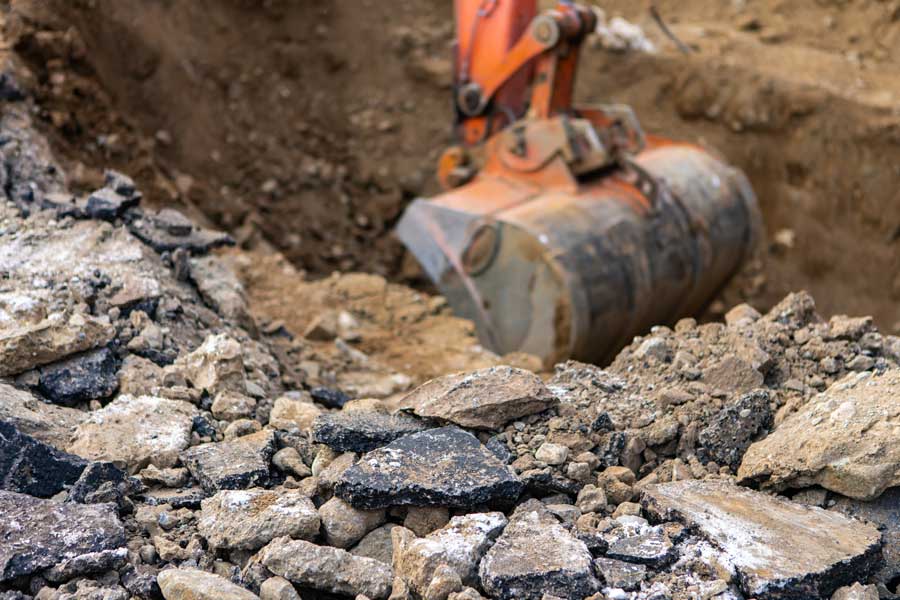
Why Soil Matters When Building Foundations
Many people do not give much consideration to the nature of soil when building foundations. But they should! The quality of soil you are building on will affect the way you build and influence the integrity of the final building.
Why Soil Is Important For Foundations
It's essential to understand the soil types that are found in your area before you start building, as this will affect your foundations. When building, you must be aware of the ground conditions and understand what it means to construct houses or commercial buildings. The condition of the soil determines how the foundation is built. Floor joists or wood beams hold up the floor above, wall studs or wood studs hold up the walls, and roof trusses or roof rafters hold up the roof. All these structural members will transfer their load directly to the foundation system.
The Importance of Thoroughly Compacted Soil
When constructing a foundation, it is essential to have soil with adequate bearing capacity and stable foundations. The foundation cannot hold weight without proper soil compaction and may sink or shift. This leads to significant problems, including uneven floors, damage to your house settling, or other foundation issues. Park Range Construction can design a solution to suit your project's needs with our long experience working on sites with highly variable ground conditions.
Some other soil factors that come into play when building foundations include:
1. Footing dimensions
It is essential to know your soil type to make sure you have footing dimensions that correspond with your soil conditions. The purpose of a footing is to spread out the weight of a structure and transfer it to the earth. Soft soils require more concrete, wider footing dimensions, and deeper depths than footings in sandy, rocky, or other hard soils. Foundations placed in wet ground conditions may also need to be more profound or comprehensive.
2. Placement of the footings
While sometimes you can get away with an off-center footing, there are many pros to making sure your bases are correctly placed. A correctly set foundation keeps the weight of the wall distributed evenly and avoids putting undue stress on the structure. It's all about proper weight distribution.
3. Water in the soil
There are a few steps you can take to help reduce the amount of water in mud. You may want to use pea gravel and compact it into the soil before construction begins, or you can choose to use sand rather than mud. The easiest and most cost-effective way is to use polyurethane foam sheets over polystyrene underlayment boards if possible. When appropriately installed, these materials don't absorb water like some other types do and keep moisture out of your foundation.
Conclusion
Soil conditions can have a massive impact on the life of your home. That's why the most critical foundation design decision you will make is what type of foundation to build for your climate and soil conditions.
Published on 3-4-2022